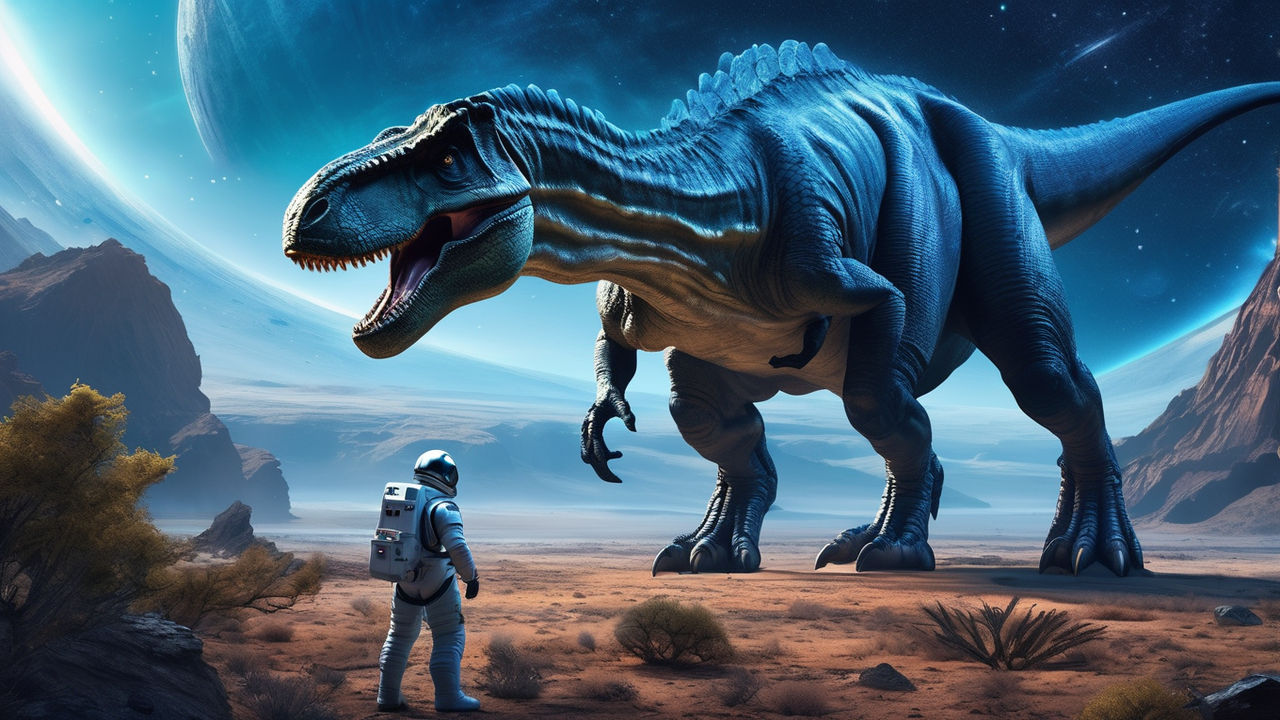Although “Clickbatosaurus” also looks like an exaggerated dinosaur, this is apparently when people use it to entertain you with reasons for washing up exaggerated, strangely designed titles will increase Let’s go over how clickbait started, how it came about and why today There are so many great resources on the internet.
How it started: Emotions were born
Long before the internet, newspapers and tabloids used catchy headlines to sell new. After 1800, things called “yellow journalism” became popular. This is also evident when newspapers have to put out exaggerated or potentially false information just to grab people’s attention. The idea comes right in: the more shocking or bizarre the headline, the more likely people are to buy the paper.
Publishers like William Randolph Hearst and Joseph Pulitzer knew this technique. They knew that a headline that stood out had to make men curious enough to spend their money on the newspaper, even if the story itself didn’t stay that way due to hype and grew to what it is now even if we call it the beginning of clickbait.
Moving into the digital world: Clickbait in the early days of the internet
When the web began to be known for a very long time in the nineteen nineties and early 2000s, traditional media faced new opposition to online policies that websites wanted if internet web visitors , click the race turned into hundreds you can choose right here Clickbotosaurus Really got blown away.
In the early 2000s, net websites like BuzzFeed and Upworthy became well known for using clickbait techniques. They were bobbing up with awesome titles that you had to click through, using phrases like “You acquired’t accept as proper with what took place next” or “This one easy trick will change your life”. These headlines ended up being about people’s interests and emotions, making it hard to pin down how the violence unfolded.
Clickbatosaurus money time: Social media is taking over
In the 2000s, clickbait increased with the rise of social media platforms like Facebook and Twitter. Social media is increasingly becoming an ideal platform for clickbait because of how content content affects content viral. People were 100% into a story with an amazing title, regardless of the fact that they hadn’t seen the thing themselves.
Click the Batosaur’s decomposition and transformation
Clickbatosaurus began to lose its electricity due to its popularity. Readers were very skeptical about the dramatic titles, and because they were left out, the titles were not as powerful as the shorter ones. Eventually, search engines like Google and Yahoo and social media platforms began changing their algorithms to penalize misleading content and clotheslines, making it harder for clickbait to succeed
Modern Clickbait: A New Chapter
Clickbatosaurus is still making the rounds today, but it’s more subtle than the next. The titles are tastefully designed, but often very carefully attached to objects, objects, clothing and textile accessories. The idea is to attract the interest of the individual while simultaneously providing a commitment to the degree.
Ethical Debate: Can clickbait stay here?
Clickbatosaurus is a creature that inspires a lot of discussion. On the one hand, vegetable racing on the ropes seems to be a global category where everyone absolutely stops for fun. On the other end of the spectrum, a few fear that clickbait distorts high-quality facts and makes it harder for readers to accept the truth of what they see online.
Conclusion: Clickbatosaurus legacy
The Clickbatosaurus story is seen as a living story in the rapidly ending version of Media Global. From the dawn of red journalism to the reign of virtual technology, clickbait takes the entertainment to a crowded space although the techniques have changed, the basic idea remains the same like: people are aware of emotion, and lingerie manufacturers continue to use it to their advantage.
